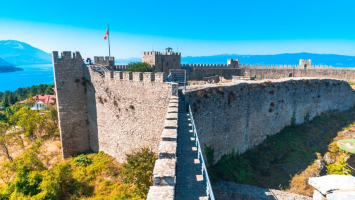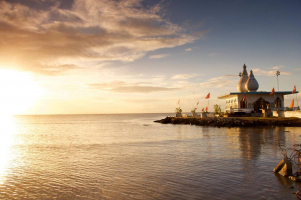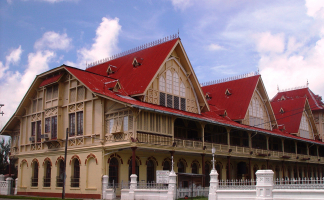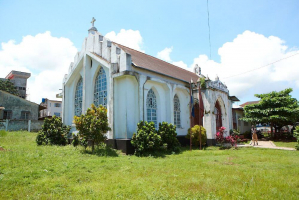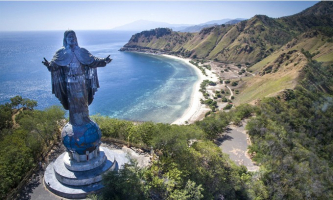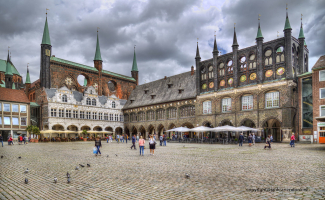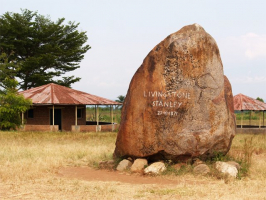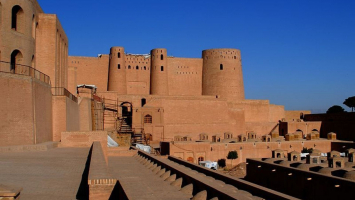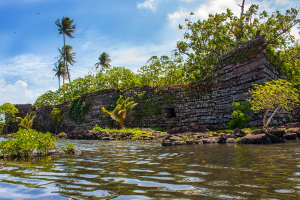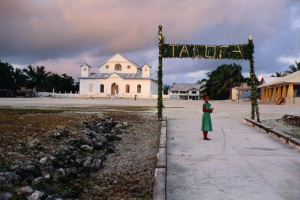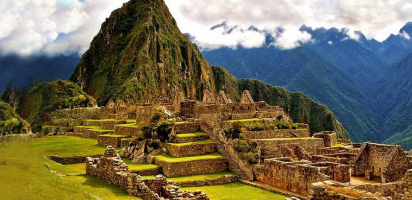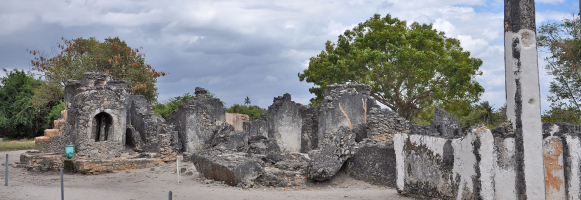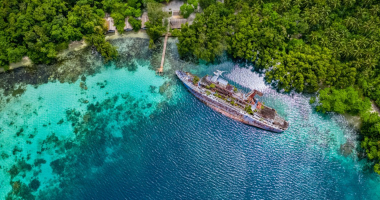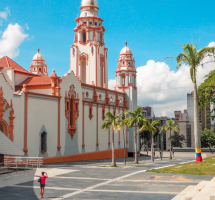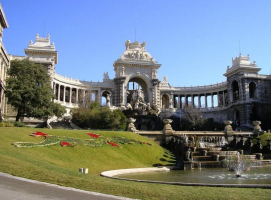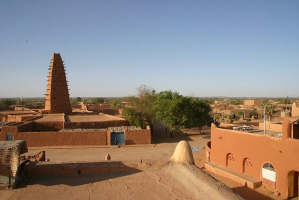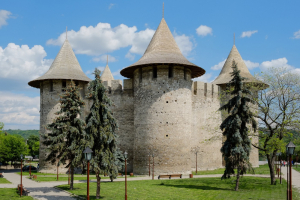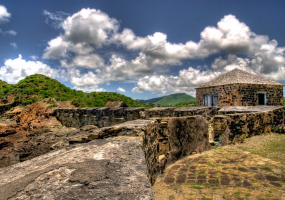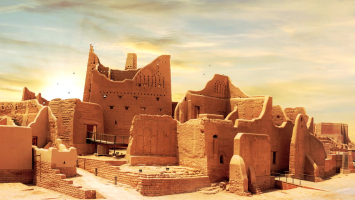Top 10 Most Beautiful Historical Sites in Somalia
In Somalia, visitors may learn about Somalia's rich past by visiting historical sites such as time-honored buildings, landmarks, palaces, and parks. These most ... read more...beautiful historical sites in Somalia will take visitors on a journey through Somalia's fascinating past.
-
Cave Art of Laas Geel is undoubtedly the country's most well-known attraction. The cave formations of Laas Geel, are located on the outskirts of Hargeisa, Somaliland, in the Maroodi Jeex area of the nation. They have some of the earliest known cave paintings in the Horn of Africa showing tamed African aurochs. The cave paintings at Laas Geel are regarded to be among Africa's most colorful rock art. The rock art in Laas Geel is said to have been created approximately 18,000 BC or 20,000 years ago. Historians believe that these incredible paintings date back to 9000 BC.
This iconic landmark in Somalia is not to be missed by tourists who enjoy experiencing primitive art and culture. A French archaeological team uncovered these ancient murals in a cave complex in Hargeisa in 2002. These Neolithic paintings, which are supposed to have existed many years ago and are highly preserved, feature oxen in ceremonial costumes, as well as indigenous humans, dogs, antelopes, and giraffes. Since its discovery, the Cave Art of Laas Geel has become a prominent tourist attraction and is regarded as a valuable artifact of a little-known early culture.
Location: Hargeisa, Somalia
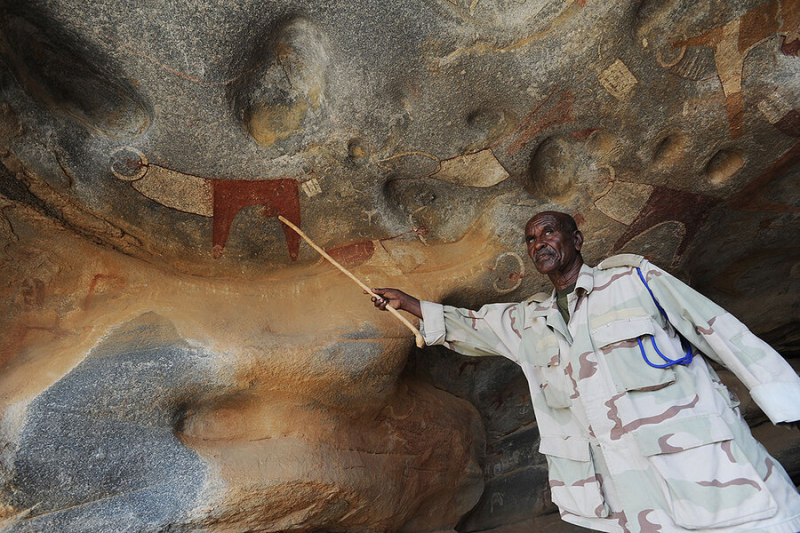
Source: Christian Science Monitor Source: Red2112 -
The National Museum of Somalia is another landmark in the top most beautiful historical sites in Somalia for learning about the nation. It was founded by colonial authorities in Italian Somaliland in 1933. It reopened after shutting down operations in 1991 and now holds a variety of valuable historical artifacts. The Museum was reconstructed in September 2019, about 30 years after it was destroyed.
The architecture of the National Museum has Islamic elements and consists of a main structure with four display floors. A rectangular, four-story structure to the north houses the technical and administrative offices. Ahmed Farah Warsame was the Director-General at the time of the museum's launch.
The National Museum of Somalia's houses a variety of culturally significant relics, including coins and trading tools, ceramics, antique weapons, and traditional artwork. Ancient weaponry, traditional artwork, money, and trading tools, and ceramics are Among the culturally significant relics on display at the museum. Surprisingly, the museum is housed in a historically significant structure. The museum is located in a historical relic, which is rather interesting. The ancient structure, which was previously erected for the Sultan of Zanzibar, is notable for its Arabian-style architecture. This museum will give insight not just into a single region but also into the country as a whole.
Location: Wadada Muxamad Xarbi, Mogadishu
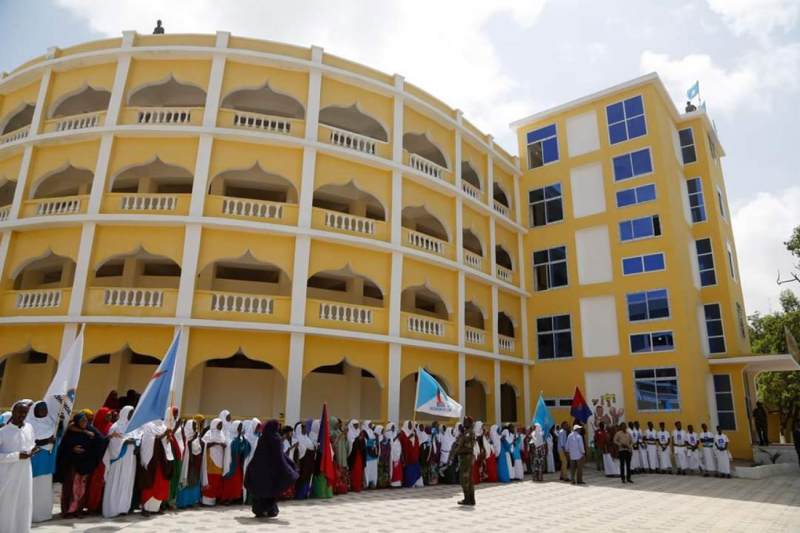
Source: United Nations in Somalia 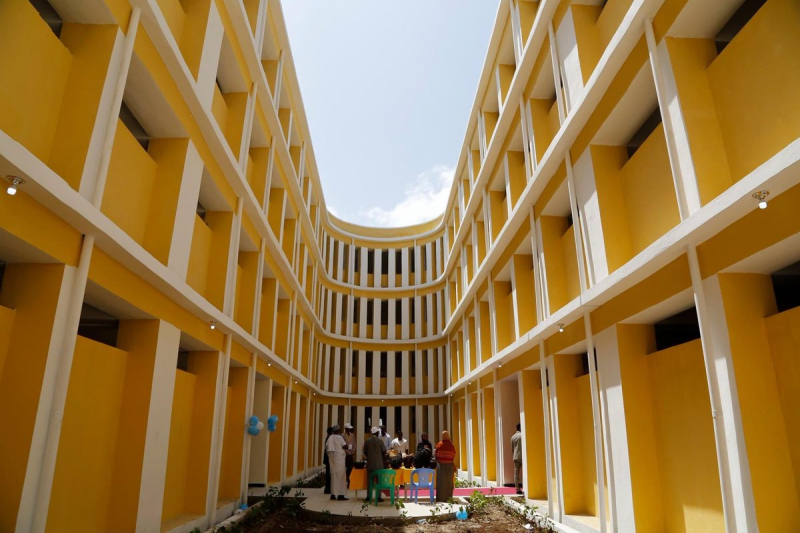
Source: Twitter -
The Ruins of Mogadishu Cathedral, which was erected during Italian Somaliland's colonial period, has barely survived decades of civil strife. Architect Antonio Vandone created the cathedral in the Norman Gothic style. Two towers, each 37.50 meters tall, surrounded the facade on all sides. The structure was designed in the shape of a Latin cross, with three naves separated by pointed arches and piers. The "Consolata" missionaries were entrusted with the church, which was afterwards superseded by the Franciscans.
It was substantially damaged during conflict in the 1990s, and Islamists destroyed it heavily in 2008. Some of the iconic monuments in Somalia's stone walls and arches survive as a memorial to the ancient structure. The new Somali government has raised the potential of reconstructing the Cathedral as a gesture of religious unity.
The Ruins of Mogadishu Cathedral's walls were still intact, its exquisite stone arches were still in place, and the general impression was one of peace, despite the fact that its roof had been blown off, among other things. The Diocese announced intentions to reconstruct the cathedral in the near future in April 2013, following a visit to the site to evaluate its condition.
Location: Mogadishu, Somalia
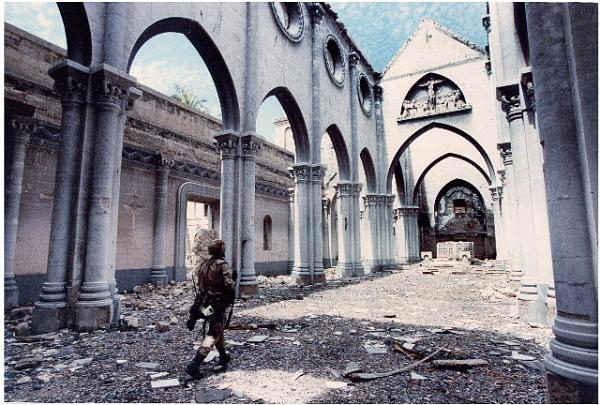
Source: Wikimapia Source: Somali Architecture -
One of the most beautiful historical sites in Somalia is Naaso-Hablood. Naasa Hablood are twin hills in Maroodi Jeex, Somaliland, commonly known as Virgin's Breast Mountain, because of their shape when looked at from a side view. They are composed of granite and sand and are located on the outskirts of Hargeisa. Because of their unusual conical form and likeness to thelarche breast buds, the hills were given the name Naasa Hablood. The name relates to the peaks' form. While the peaks are well-known among visitors, they appear to be even more so among locals, who take delight in advertising them to everyone who will listen. These granite and sandstone mountains may not teach visitors much about the area, but they are nevertheless worth seeing.
The pyramid formations have also caused others to speculate that these peaks, like pyramids in Egypt, were built by humans (Giza). Sada Mire conducted a survey in 2007 and discovered that the two peaks on one of the peaks of Naaso-blood are natural and not man-made constructions. People may have used the shelters given by the natural overhang of the summits when settlement occurred at different eras. Stone tools have been discovered at this ancient site in Somalia.
Location: Naasa Hablood, Somalia
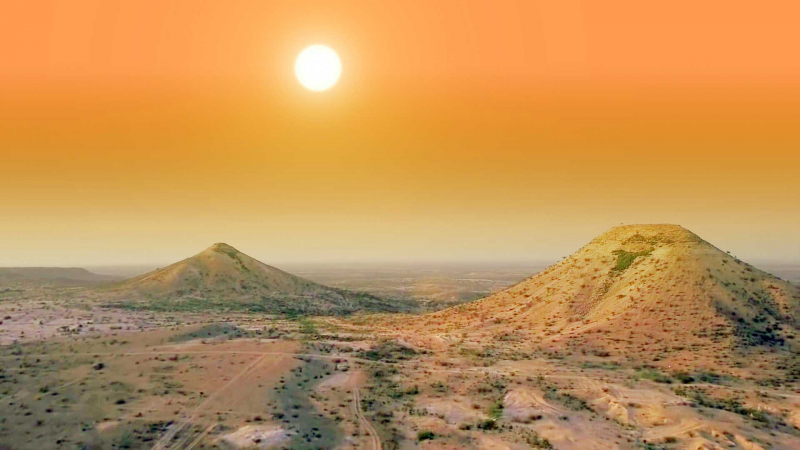
Source: Wikipedia Source: Yonis Farah -
Another historical destination that tourists must visit when coming to Somalia is Arba- Rukun Mosque. The Arba Rukun Mosque, commonly known as Arba Rucun, is a mosque in Mogadishu, Somalia's ancient neighborhood of Shangani. The explanation for the name is that the Mosque is built in a square shape with four corners, each with a pillar, and Arba-Rucun means "pillars." The masjid in Mogadishu's capital is one of the city's oldest Islamic sites of worship. It was constructed at about the same time as the Fakr ad-Din Mosque, around the year 667 (1260/1 CE). An inscription from the same year can be discovered on the mihrab of Arba'a Rukun, commemorating the masjid's late founder, Khusra ibn Mubarak al-Shirazi.
This 1269 mosque has been more fortunate than the adjoining church, and is one of the few ancient buildings in Somalia, thanks to the city's Islamic tradition, which is one of the few things the city's many warlords can agree on (in the historic center which is not a ruin). It is reported to have been erected by a direct descendant of a direct descendant of a direct descendant of a descendant of the Prophet Mohammed.
Location: Shangani, Mogadishu, Somalia
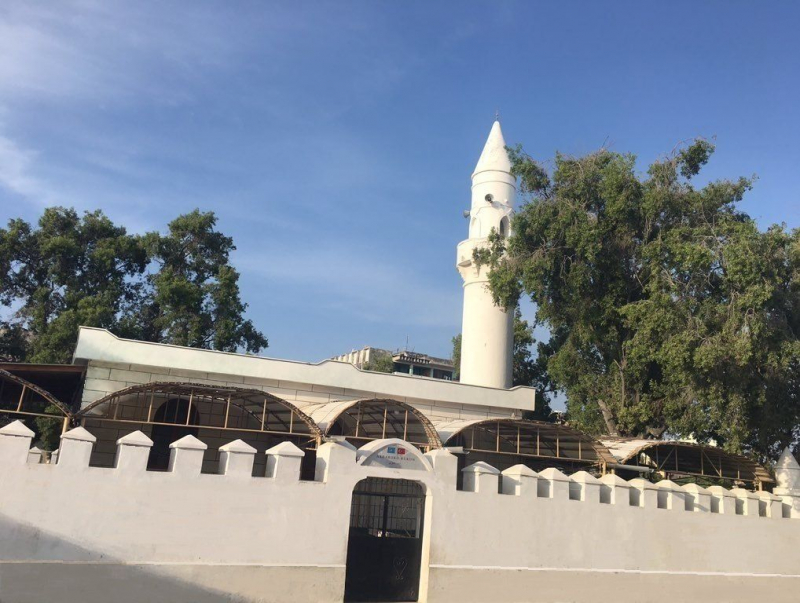
Source: Pinterest 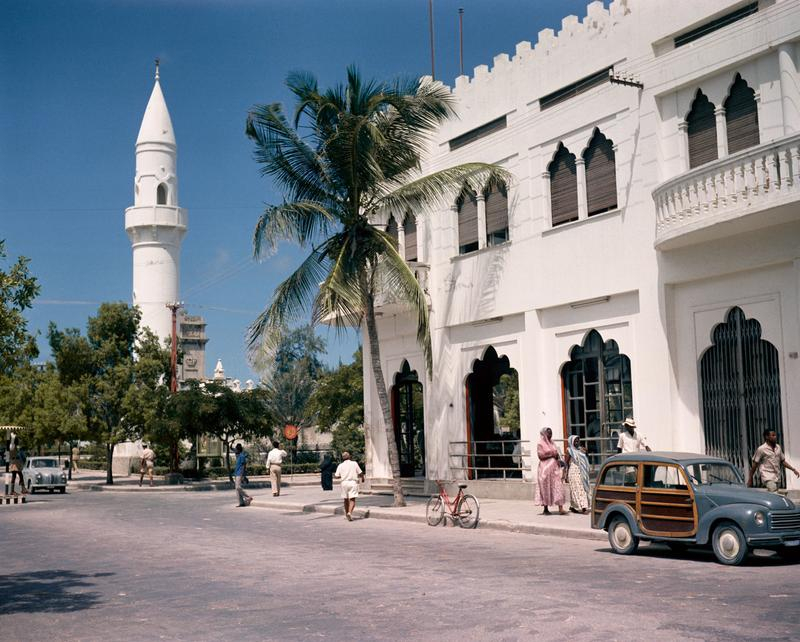
Source: collections.artsmia.org -
Berbera is a seaside city that served as the capital of the British Somaliland protectorate until Hargeisa was established. Berbera was formerly part of a series of commercial port cities that ran down the Somali coast. Berbera was the most significant trading center in the Somali Peninsula throughout the early modern period. There are a number of beaches in Somalia, but the most beautiful historical sites in For tourists, Somalia in the Sahil region is the best choice. Berbera Seaside has beautiful beaches that haven't been damaged by tourists or overdevelopment, as well as the clearest waters and softest sands.
The golden sands of these beaches contrast with the breathtaking turquoise green water. This part of Somalia's sea also boasts some fantastic coral reefs where tourists may go snorkeling or scuba diving. This area is not only beautiful to look at, but it is also ideal for water sports such as fishing, and surfing. Berbera Seaside in Somalia also happens to be home to some of the world's greatest coral reefs, which is an extra benefit when diving into the deep blue.
Location: Berbera District, Woqooyi Galbeed, Somaliland
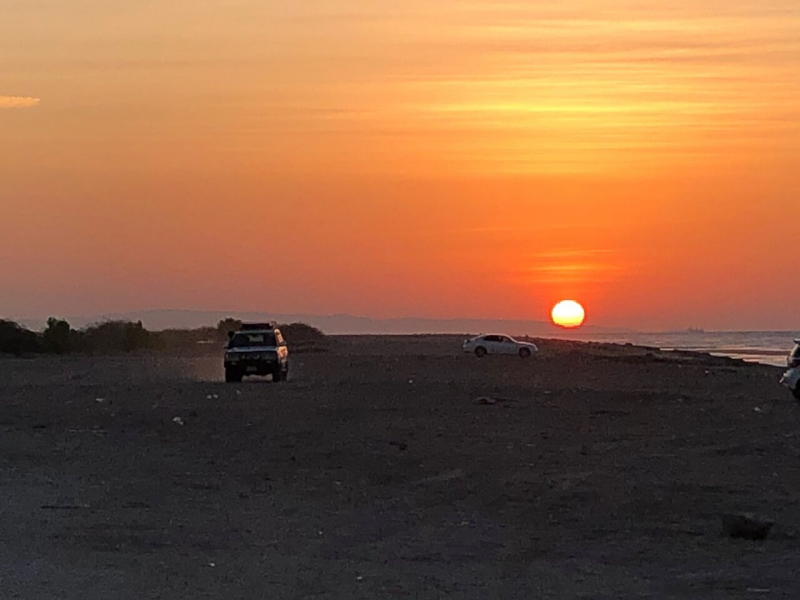
Source: Tripadvisor Source: The Somaliland Tourists - Samiya Hashi -
Somalia is rich in natural beauty, as seen by its numerous national parks. Kismayu National Park in the southwest is one of the most visited parks. The park is 17 miles from Kismayo town. Many animals walk freely in their protected environment in this national park. The park is home to a variety of native creatures from the area, including the Vervet monkey.
This feature distinguishes and differentiates this park. Kismayu is one of Somalia's only parks, as well as a natural monument, and is home to a variety of species, including Somali sheep and Somali wild asses peculiar to the East African area. There are several outdoor experiences available, including wildlife safari trips to see African animals such as lions, leopards, zebras, wild boars, and antelopes. During the drought, the former administration constructed ponds or micro lakes to prevent migration.
According to some, leopards and other predators, as well as most impala and elephants, never migrate since water is available all year; the only time they do is when the country is at war. Hyenas, lions, and a few other predators have been observed in this park, which is the only area in Africa where the last northern white rhino may be found.
Location: Southwest Somalia
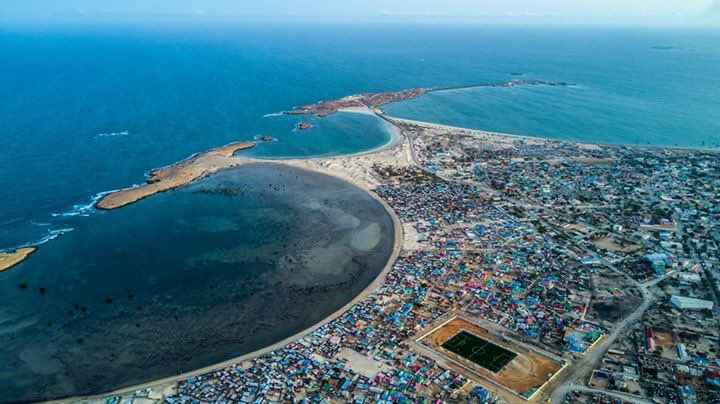
Source: Zoo Logical Park National Source: CGTN Africa -
Shanghai Old City, located in the center of Mogadishu, is one of Somalia's most renowned tourist attractions, recognized for its intriguing and unusual Chinese architecture. Despite the fact that it has been extensively destroyed by the continuing civil conflict, the Shanghai Old City Area remains one of Mogadishu's most popular tourist destinations. During the years of Italian colonialism (1920–1935), the Old City was where the wealthiest and most influential Italian expatriates spent most of their leisure time. The higher classes of Italians lived in the old town throughout the colonial era, leaving their fingerprints on several houses and gardens.
Shanghai Old City's eerie remains lie on the white sand beaches of the Indian Ocean as a reminder of the city's brilliant history. Refuel at one of the eateries along the beach while admiring the view of the ocean. Locals go to the beach on weekends to swim in the warm water, creating a bustling environment. This reasonably prosperous area was controlled by warlords at various times throughout the civil war. Shanghai Old City is definitely worth a visit and, when not engulfed in a power struggle, is possibly the most attractive area of the city.
Location: Southern Mogadishu
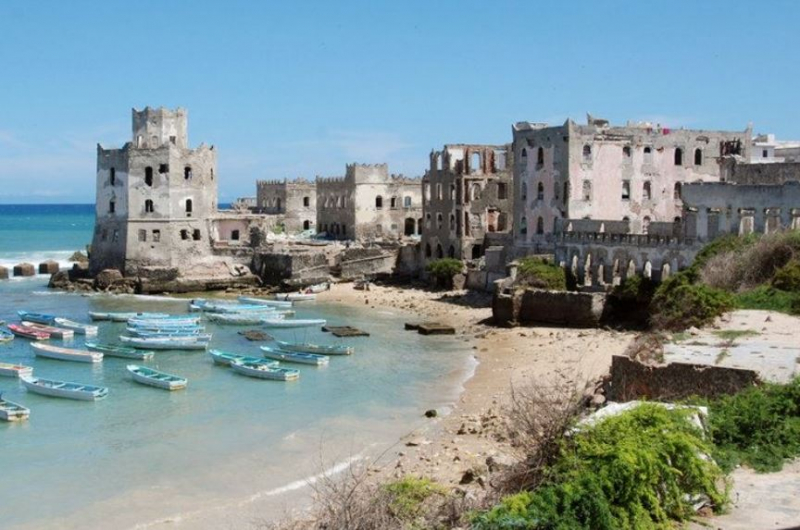
Source: Adequate Travel Source: XtremeCollectionS -
Maduna, one of the most beautiful historical sites in Somalia,located in the Sanaag area near Eel Afwayn, is a prominent Islamic site with construction dating from the early Middle Ages and is situated on high ground in a hilly terrain. Maduna's history is unknown, although its dry-stone architecture suggests that it was built around the same time as other wrecked towns in Somaliland. The ruined Islamic city of Maduna is considered Somaliland's most significant and accessible ruin of its kind.
The mosque is flanked by numerous historic houses, most of which are still standing. A massive rectangular mosque with 3 meter high walls and a mihrab, as well as potentially numerous smaller arched niches, is the major feature of the destroyed city. The mosque is flanked by numerous historic houses, most of which are still standing. Roofed chambers, as well as complexes of dome-shaped structures with no doors or windows, are among the residences. A baobab tree, large enough to imply it was planted when the city was occupied, rises just below the wrecked city on a slope. Locals warn of the snakes they've seen at this old Somalian monument on several occasions.
Location: Maduna, Somalia
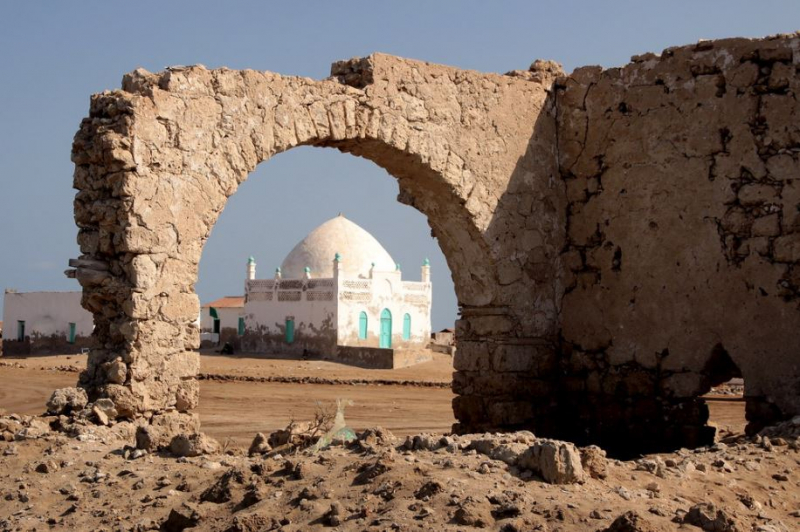
Source: Adequate 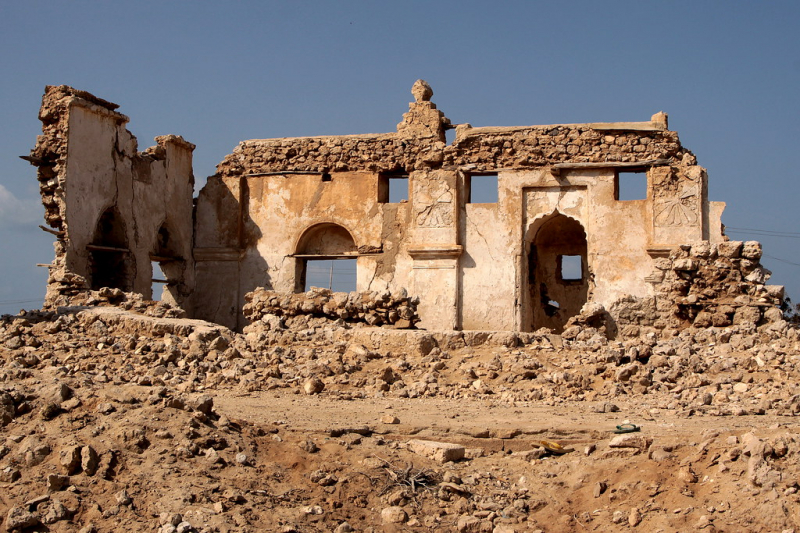
Source: SkyscarperCity -
Hargeisa Provincial Museum is a museum in Hargeisa, Somalia. The Hargeisa Provincial Museum is a must-see for anybody interested in the ethnographic and cultural history and evolution of the Somali people, particularly those residing in Somaliland. Since 1977, the cultural monument in Somalia has displayed objects illustrating Somali culture, many of which have come directly from Hargeisa inhabitants' houses. The museum used to be part of a bigger cultural complex that included a library and a theater.
When the museum first opened in 1977, it featured an ethnographic exhibition, the majority of which had been donated by Hargeisa residents. The pieces were displayed in two 20-meter-long glass-free cabinets, one in each of the two halls. Because there were only two caretakers, a gardener and a cleaning woman, the collection and the structure quickly deteriorated. In 1981, work on the renovations began. The two huge displays were demolished, and 23 smaller glass-fronted cabinets were constructed in their place. The windows were screened, the structure was renovated, and the collection was cleaned. There were once roughly 4,000 objects on exhibit. The new display, however, was limited to roughly 1.400 objects, with the remainder being put in storage.
Location: Arwada Road, Hargeisa, Somaliland
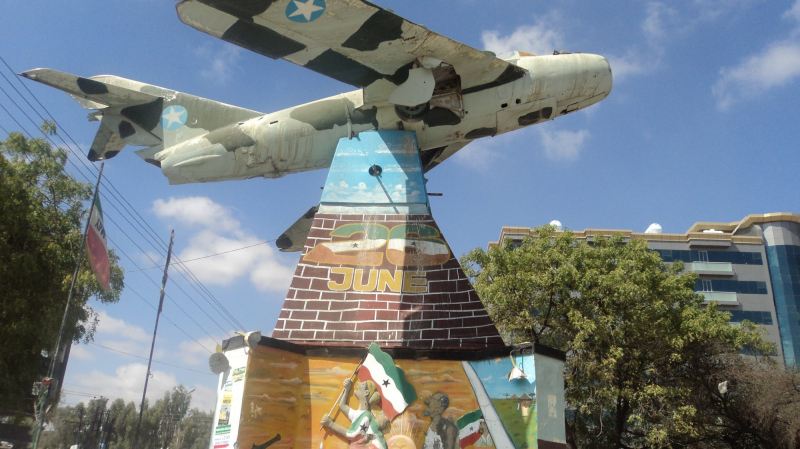
Source: visithornafrica.com Source: China Culture












